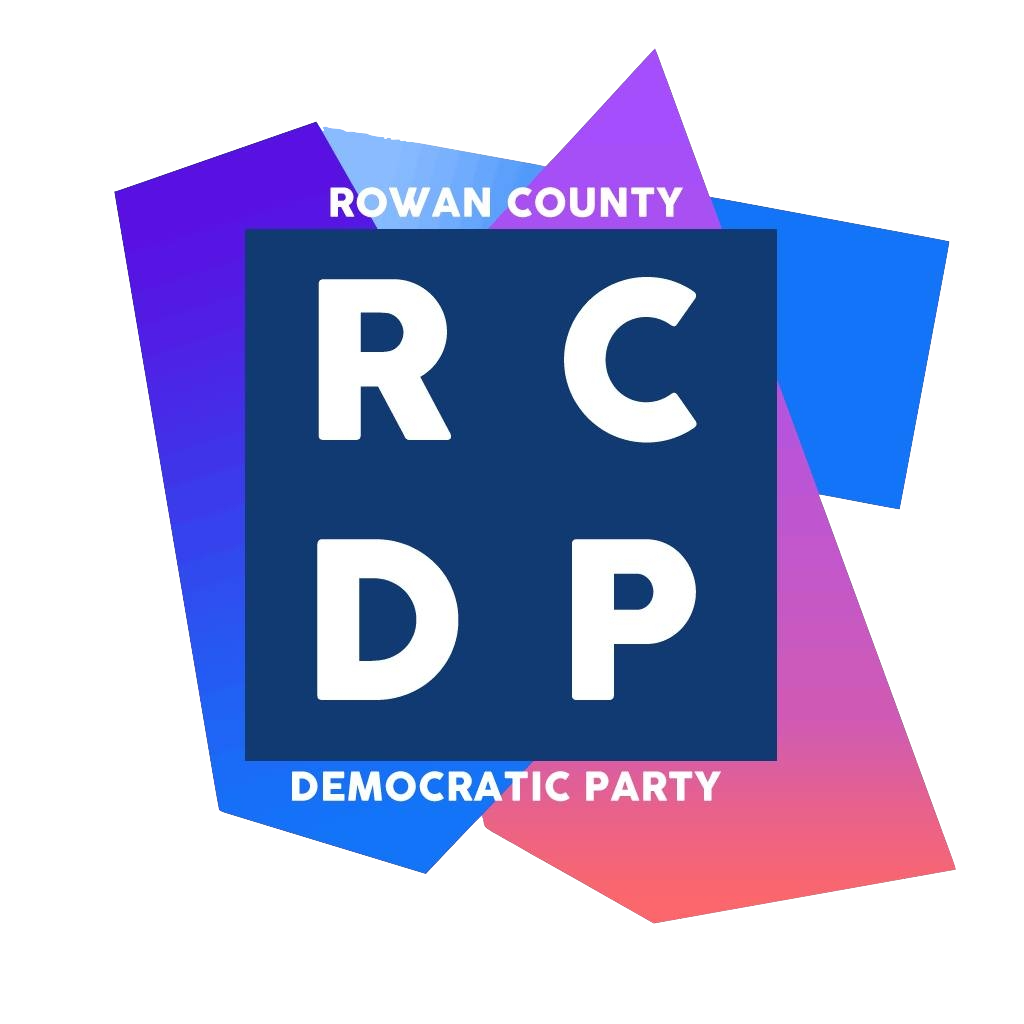“It is both ironic and tragic that today’s anti-choice Republicans, who adamantly profess a concern for the unborn, are willing to undermine a program that year after year has been saving thousands of children’s lives.” Keith Townsend
HIV/AIDS first appeared in the U.S. in the summer of 1981. The initial cases were in Los Angeles and it quickly became apparent that nearly all of the victims were members of the gay community. This fact insured that AIDS would become as much of a political issue as it was a medical one. Apparently because of the political implications, President Reagan, who had only been in office a few months, largely ignored this growing health crisis. He never mentioned it in a public speech until 1987, well into his second term. By the end of his presidency 25,000 Americans had died from the virus.
Medical researchers have unfortunately yet to develop an effective vaccine for the AIDS virus. The number of Americans dying from AIDS by 1991 was doubling every six months, while the rate of increase in funding was actually reduced. Magic Johnson, probably the most prominent public figure with the virus, resigned from the National Commission on AIDS. He said he was tired of the H.W. Bush administration’s lack of attention to the problem.
By the mid-’90s, AIDS had become the leading cause of death for young Americans between 25 and 44 years of age. President Clinton more than doubled the money available for AIDS care during his presidency. The death rate from AIDS, in America at least, was coming down dramatically by the end of the decade. While the development of a vaccine was still elusive, medical researchers had managed to discover a combination of drugs that in most cases were able to halt the progression of the disease. The cost of these life-saving drugs could be expensive. Insurance and other resources were often available in the U.S. and other advanced countries to help defray the cost. However, in most of the third world where AIDS had become a raging epidemic, these drugs were unavailable. Worldwide, 86 million people had been infected with AIDS and approximately 40 million had died. This was the situation when George W. Bush became president.
In 2003, President Bush initiated the President’s Emergency Plan for Aids Relief commonly known by its acronym PEPFAR. It is considered by the World Health Organization to be the most successful international health care program ever. The initial cost for PEPFAR was $15 billion and over the past 20 years the U.S. has committed $100 billion to maintain this program. It provides life saving medicine to approximately 20 million people in 54 countries.The WHO estimates that 25 million lives have been saved.
Like many pieces of legislation, PEPFAR must be reauthorized periodically. Every five years since the program’s inception, it has received overwhelming bipartisan support. However, in May of last year, the Heritage Foundation claimed that some PEPFAR doctors had been providing “abortion on demand.” Medical workers have denied the charge and investigators have found little or no evidence to support these accusations.
Nonetheless, Chris Smith, a Republican from New Jersey, with the support of the Speaker of the House Mike Johnson, has managed to reduce PEPFAR’s reauthorization period from five years down to one year. They also reduced the program’s budget for this year by $1 billion. Clearly PEPFAR is in political trouble. It is both ironic and tragic that today’s anti-choice Republicans, who adamantly profess a concern for the unborn, are willing to undermine a program that year after year has been saving thousands of children’s lives.
President Bush should be commended for the foresight and political courage it took to launch what is the most effective foreign aid program since the Marshall Plan, which was pivotal in the rebuilding of Europe following WWII. PEPFAR, like the Marshall Plan, is an example of American generosity and compassion that we should all be proud of.
Keith Townsend

